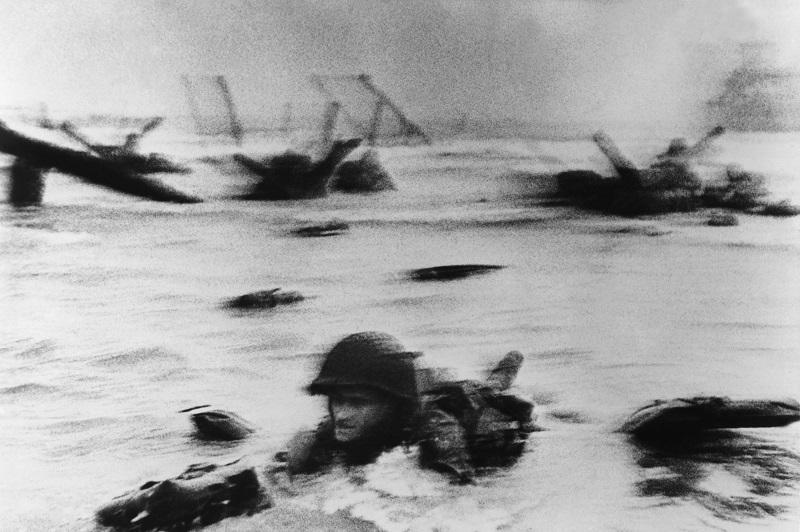
As you can see in these pictures that Larry Clark took, it illustrates my point of nudity, drugs and guns.
When Larry published his work in the book Tulsa it gave photographers a completely different view to what a portrait can be. It shows that not every portrait has to be prepared and put in place in a certain way. E.g. standing in a certain way, having a certain look, his photos really unmask in essence the falseness that portraits show. His snapshots show the reality of what a portrait can actually be, he shows the reality of what life was actually like. Not the staged, put on clothes, facial expressions, or environments that some many photographers do show in there portraits.
Larry Clark one was of the very first photographers who did open up a whole new area of photography. As I was saying above his work was different from all the others, his work was unique in his own way. But how? How does it show that his portraits were different from other photographers portraits? If we use as an example Larry Clarks work vs Diane Arbus' work then it is very different indeed.

If you look at this photo that was taken by Larry Clark, its a picture of two of his friends, one half nude and injecting drugs into them. This photo can come across as an on the moment photo, it can come as crude, because of the task that is happening within the photo. But yet even though it seems normal to Larry Clark, to many other people including many other photographers, this isn't what a portrait was suppose to look like. It just wasn't what people were used to in some many pieces of work.

But then if you look at this photo that Diane Arbus took its very different. This is what a portrait was suppose to look like. It wasn't a snap shot of something that was happening. She took the photos how she wanted them to be. Even though sometimes she took pictures of different things such as amputees, she still took the pictures how the photographers and public were used to them. Rehearsed and pronounceable. They had to be placed in a certain way with a certain emotion showing.
In conclusion if you compare these two photographers. In some ways they were different but in some ways they were familiar. Larry Clark took pictures of a genre that people just weren't used to. Drugs, sex and guns. But then Diane Arbus also took some photos that people weren't used to such as amputees but she took them in a way that the public were used to seeing and wouldn't feel awkward or embarrassed to look at. But on the other hand they were very different photos. Larry Clarks were snap shots taken of the moment, not planned or rehearsed. Diane Arbus photos had to be how she wanted them, standing or sitting in a certain way showing the emotion or facial expression that she wanted to be shown through the photo.







